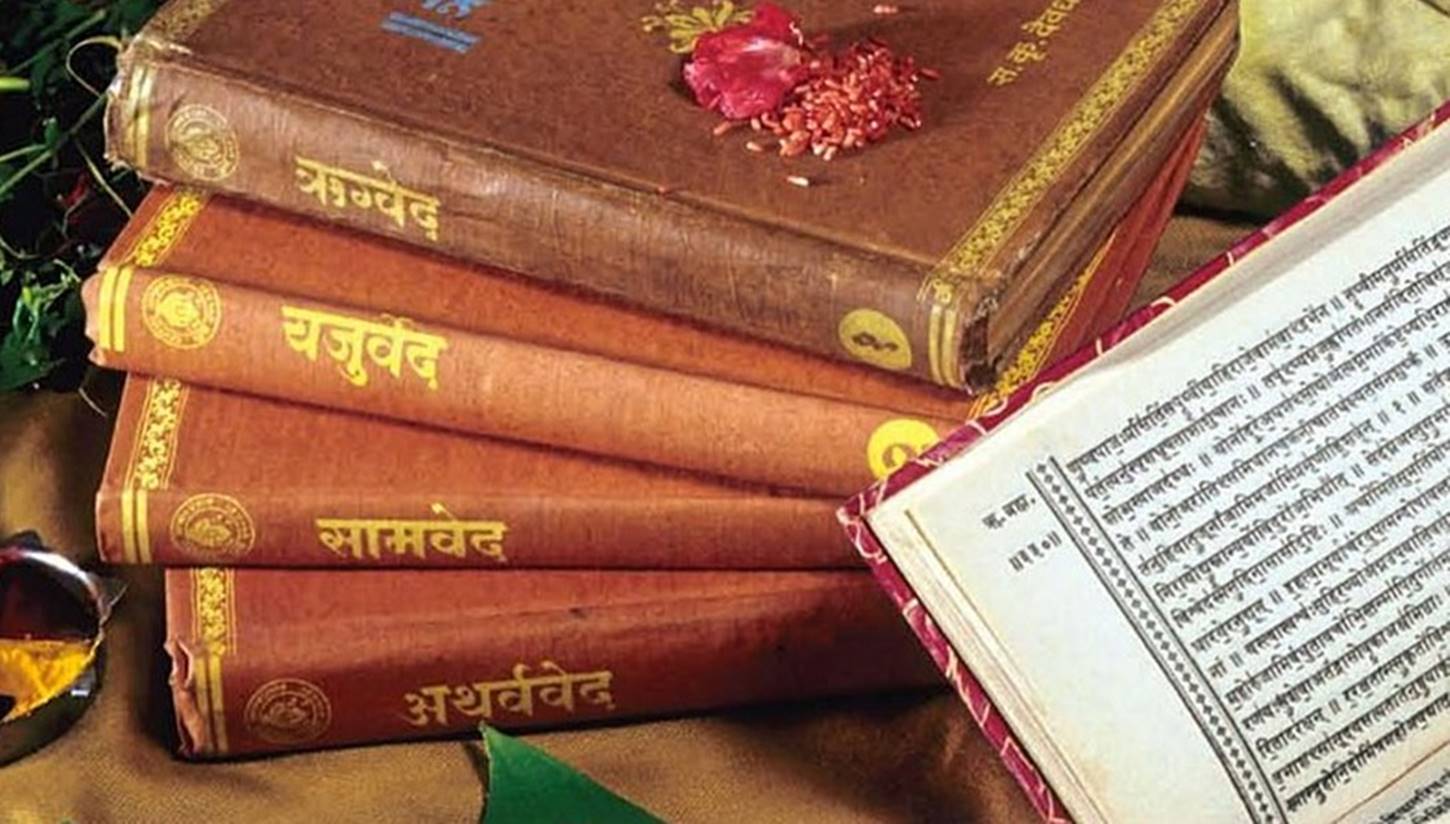Hinduism is an ancient religion that has greatly influenced the culture and social structure of India. It is based on a system of beliefs that revolve around the concept of Dharma, or moral duty. The Hindu faith is also characterized by a caste system, which divides people into four distinct social classes. This system has been a source of great debate in recent years, as it has been used to oppress certain groups and deny them access to basic rights and opportunities. The Vedic period also saw the development of the caste system, which became an important part of Hinduism.

Image Source: Google
The Origin and Development of the Caste System
The concept of caste is believed to have originated in India around 1000 BCE. It was a way of categorizing people based on their occupation, social status, and spiritual purity. Over time, the caste system became more rigid and oppressive, with individuals born into a certain caste being unable to leave it. This led to a system of social inequality that denied certain groups access to education, employment, and basic rights.
Caste and Social Inequality
The caste system has been a major source of social injustice in India, particularly for those belonging to lower castes. It has led to discrimination, exploitation, and marginalization of certain groups. This has resulted in unequal access to healthcare, education, and employment opportunities, as well as a lack of political representation. In addition, members of lower castes often face violence and abuse from higher castes.
